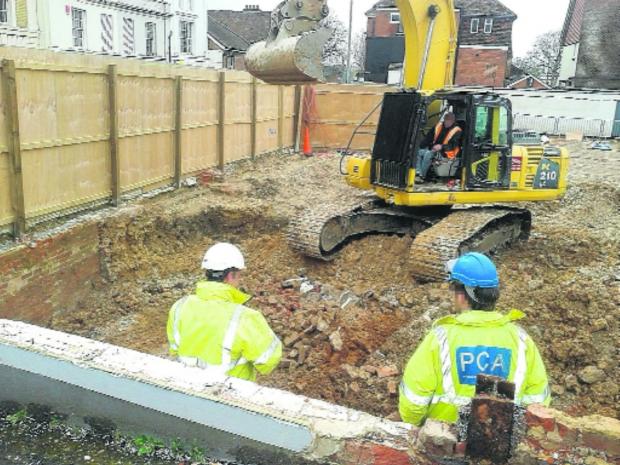AFTER: The site after the wall was destroyed.
IT was a plan that sparked outrage.
But despite pleas to save a 2,000-year-old Roman wall from destruction, developers have gone ahead and carted the relic off in a lorry.
As previously reported, historians were angered when it emerged thatBargate Homes were considering breaking the wall down to make way for 14 homes at the site, in Southgate Street, Winchester.
But the proposal has now become a reality.
Colin Cook, of the Winchester Area Tourist Guides Association, witnessed the destruction.
He said: “It’s desperately sad. I have got sympathy with Bargate Homes but Winchester City Council planners need to be a lot more aware of the sensitivities of these sites when they’re giving permission. As far as I can see it’s gone away on a lorry. There is no possibility of rebuilding it anywhere else.”
Read the rest of this article...












